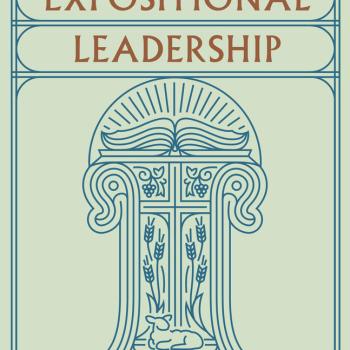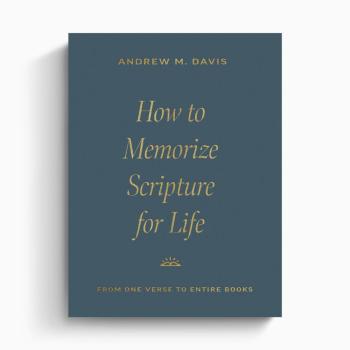Review of Crossing to Safety by Wallace Stegner
By JULIA POLESE
Crossing to Safety is Pulitzer Prize-winning author Wallace Stegner’s final novel. It is a story of two couples coping with the loss of Eden. Told from the perspective of Larry Morgan, the novel begins with he and his wife, Sally, as a young couple living in a basement apartment in Madison, Wisconsin, during the Great Depression. Larry, a self-made man from a lower class family in New Mexico and a freshly minted PhD in English from Berkeley, is working on his own writing and teaching English. There they meet Sid and Charity Lang, a vivacious New England couple with money who endeavor to take Larry and Sally under their wing. The story of their friendship is refracted through Charity’s meticulous enthusiasm for her own plans, and her particular part in their lives together echoes the Fall at the Tree of the Knowledge of Good and Evil.
Most of their story takes place in tableaus of rural New England at Sid and Charity’s summer house. The setting is idyllic. Larry characterizes it as a place where he could be “capable of anything, including greatness.” Charity plans each day down to the minute. It all seems very pleasant, with time for the men to write in the morning and the families to have dinner together and guests over for lively conversation. Sid and Charity seem to have everything they need for a quality life and the desire to extend their happiness to others. Larry and Sally are charmed, but, “no Eden valid without serpent.”
The serpent comes to the fore on a planned walking tour of the countryside. After Sid and Larry have packed everything the foursome will need for their walkabout, Charity insists on double-checking. A passive-aggressive standoff between Sid and Charity ends with Sid giving in and repacking everything as Charity checks off their supplies. “An extraordinary expression passes over Sid’s face – defeat? Outrage? Resignation? The wish for resignation?” Later, while walking with the horse on their tour, Larry asks Sid about the show she made about unpacking and repacking. “He gives me a strange look past Wizard’s ewe neck and bobbing head. ‘She’s never wrong,’ he says.” Small power struggles between Sid and his wife reveal more about Charity’s desire to create a perfect life through exercising control over her surroundings. The time she sets aside for the men to write at the lake house has really been for her husband to write academic articles in accord with the “publish or perish” requirements of the university tenure system, disparaging his true passion for teaching and poetry in favor of prestige. We learn later that after Sid is denied tenure, she “was just desolated, she broke down and had to go to a sanatorium for two months.” Her plans extend even to arguments over who is responsible for doing the dishes after dinner.
In the most poignant example of Charity’s desire to create her own world, the foursome stands in front of Piero’s Christ. All are stricken by the labor evident in the resurrected Christ’s face. “Piero’s Christ knocked it out of us like an elbow in the solar plexus,” Larry says. Except for Charity. She does not want to linger because she finds the painting disturbing. “Instead of showing pity for human suffering, it insisted on grinding down on the shocking details…Why hadn’t [Piero], if only by a gleam in the sky or the glimpsed feather of an angel’s wing, put in anything that suggested the immediacy of heaven and release?” Sally, who has known hardship and helplessness after contracting polio on their walkabout, “studied it soberly, with something like recognition or acknowledgement in her eyes, as if those who have been dead understand things that will never be understood by those who have only lived.”
Charity’s reaction is meant to be somewhat preposterous or seem immature to the reader, but I think it reflects a deeper truth about our desire to minimize suffering and sin to set ourselves up as the arbiter of good and evil. As one of my favorite Jesuit Professors at my alma mater would drill into our heads, the first sin was one of pride: by taking the fruit, Adam and Eve rejected God’s law and replaced it with their own judgment of good and evil. Charity’s pride expresses itself in her desire for control over her husband’s life despite his unhappiness and her insistence that she can, in some way, create Eden. From birth to death, she wanted control over her life. Piero’s Christ was disturbing because it shows what is necessary to restore Eden: the willing sacrifice of a servant King. Charity denies that she cannot solve the unhappinesses of the world and, thus, does not see the sober need for such sacrifice.
The novel culminates with Charity’s “death plan.” Older now, Charity and Sid and their entire family have congregated at the lake house. Charity has been diagnosed with cancer and it has metastasized. Still, at the end of her life, she tries to control her reality around her. Charity has an entire plan for each of the members of her family and wants every one of the dozens of friends and family who have gathered to visit her so she can send them off with her saving wisdom. “She’s dividing herself like some inexhaustible Eucharist,” Sid says to Larry. “She’s going around to everybody she loves, saying, ‘Take, eat, this is my body.’” The most disturbing part of her plan to Sid is that she has even drawn up a list of eligible second wives for him because, she says “you need someone, it’s best for you.” Sid admits that this relationship has been a kind of slavery, but he would never leave. While Larry and Sally have suffered severely with Sally’s polio, Sid claims they have it better: Larry and Sally need each other; by contrast, Charity does not need Sid, but has set it up so that he needs her.
In his novel, Stegner gets to the heart of the nature of sin. He values delicacy over drama. “Drama,” he writes through Larry, “demands the reversal of expectation, but in such a way that the first surprise is followed by an immediate recognition of inevitability…Well, too bad for drama. Nothing of the sort is going to happen…Nevertheless there is this snake, no bigger than a twig or a flame of movement in the grass. It is not an intruder in Eden, it was born here.” How often is this true of our own sin? It sneaks and lingers and covers itself. While the other three characters grow to recognize the serpent, Charity tries to use control to cover it up and create her own Eden, which usually has the opposite effect on those closest to her, especially her husband. Stegner weaves a number of themes throughout Crossing to Safety, but this novel made me reflect on my own temptation to seek first and proclaim the small and foolish kingdom of Julia instead of the vast and perfect Kingdom of God. It made me remember the depth of the riches and wisdom of God are always far more perfect than my schemes for myself and others.












